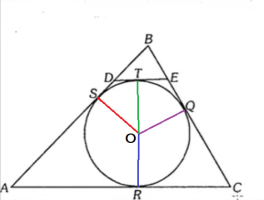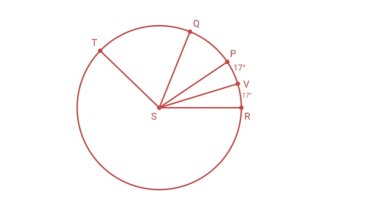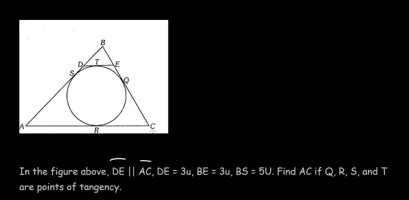We \(\displaystyle \rightarrow\) me, myself, and mario\(\displaystyle 99\).
It could also refer to anyone who understands quantum theory and the models of the atom.
You, Aion, Highlander, professor Dave, and many others have been solving geometry for years. It is true that you all are better than me (for now) in this field as I have just started recently, but I have collected enough Theorems and ideas to push me forward.
Now I am trying to understand how the circle inscribed inside is going to help me solve this problem. I made the point \(\displaystyle O\) as the center of the circle. Now we have this extra information:
\(\displaystyle SO = TO = QO = RO\)
It is better to provide a sketch for future calculations.

Also we have:
\(\displaystyle AS = AR\)
\(\displaystyle CQ = CR\)
\(\displaystyle BS = BQ\)
you'll enjoy this little challenge
You're right, I am enjoying by figuring out little facts about this problems slowly. Because I don't like to cheat I will have to open my geometry book and read more about the properties of circles inscribed inside triangles.



